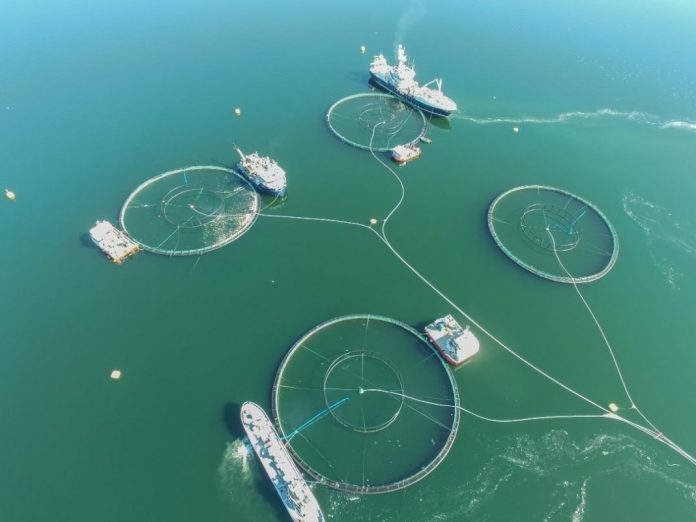Researchers at the Institute of Marine Research (IMR) have concluded that salmon farming is not the reason why the “poison algae” has killed 7.7 million salmon, according to NRK.
A serious bloom of the algae Chrysochromulina leadbeateri has caused salmon death in Nordland and Troms regions. The algae is common along the Norwegian coast.
Now IMR concludes that the fish farmers cannot be blamed for the algae bloom.
“Fish farming cannot possibly be the cause of this algae bloom. There is relatively low density of farmed salmon in these areas compared to many other areas in Norway,” says Karin Kroon Boxaspen, director at IMR, NRK.
According to IMR, the surveys are based on a risk assessment that the marine research institute has been working on, where the researchers have looked at the effects of nutrient salts and organic material from fish farms. Using the data from the risk assessment, the researchers have made a calculation for the areas where there is now algae bloom in Nordland and Troms.
According to Boxaspen, the nutrients that come from where the fish “contribute at best to a growth of 5-10 per cent”. The researchers at IMR, however, do not exclude that the nutrients from the cages can prolong the algal bloom after it has occurred.
Asked if she believes the allegations that the algae bloom is self-inflicted is wrong, Boxaspen replies:
“We want to say it’s wrong. There are a lot of things to do to help a particular algae bloom in the spring. There are a lot of nutrients in the sea now in the spring, and the calculation shows that very little these fish farms can contribute. They cannot therefore be the cause.”

